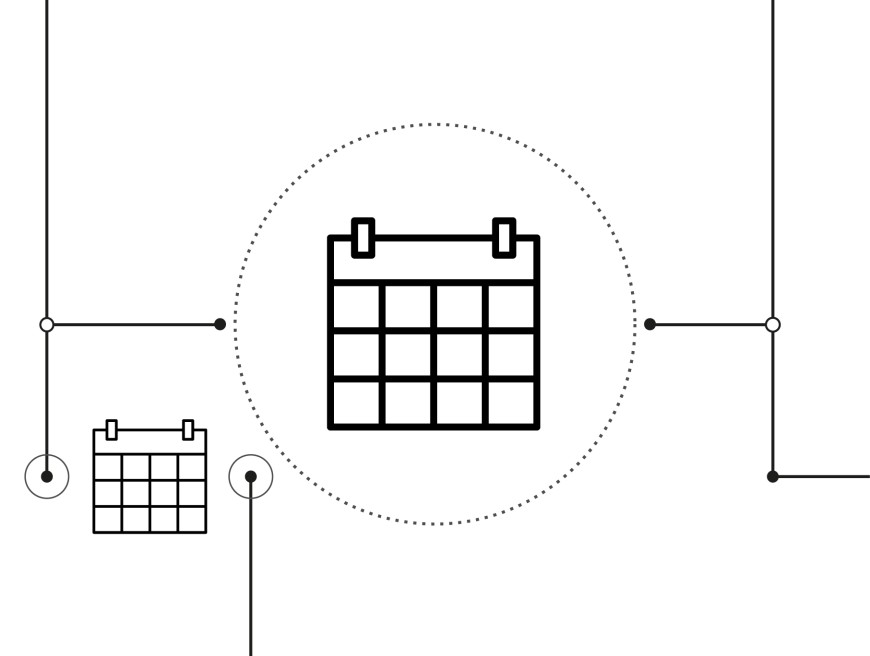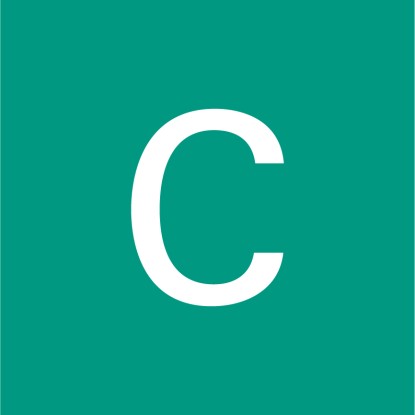Mensch und Computer 2022
Conference on Human-Computer Interaction
2022/09/04 08:00-2022/09/07 12:30

Organizers: Gesellschaft für Informatik (GI e.V.), German UPA
Abstract
“Mensch und Computer” (MuC) conference, launched in 2001, is the largest conference series on human-computer interaction in Europe.
MuC offers participants from science and industry a platform for contributions and discussions on innovative forms of interaction between people and digital technology, on human-centered development methods, interactive applications, and other topics in the field between users, teams and communities on the one hand and information and communication technologies used on the other hand. The aim of the conference is to discuss innovative research results, to promote the exchange of information between academia and practitioners, to stimulate research activities and training, and to sensitize science, practice, and the public to the relevance of human- and task-oriented technology design. Mainly English-language technical papers and their publication in the “ACM Digital Library” or Digital Library of the GI promote the worldwide visibility of the scientific results of MuC’22.
The conference is sponsored by the Special Interest Group on Human-Computer Interaction in the German Informatics Society (GI e.V.) and the German UPA – the professional association of German usability and user experience professionals. In 2022, the Technical University of Darmstadt will be the local host of the conference with Prof. Max Mühlhäuser, and CROSSING-PI Prof. Christian Reuter as general chairs. This is a perfect fit, because the Department of Computer Science at TU Darmstadt will celebrate its 50th anniversary in 2022 – as one of the oldest computer science faculties in Germany.
This year’s conference theme, “Facing Realities,” first reminds us of the increasing importance of virtual, augmented, and mixed realities (VR/AR/XR) for human-computer interaction. The use of the word “realities” in the plural indicates that as the quality of digital artifacts increases, the boundaries between digital worlds and analog worlds are blurring, allowing people to encounter alternative realities. In this process, the real existing and the digitally experienced may no longer be distinguishable, which makes us sit up and take notice in the age of Fake News. Therefore, the word “facing” should be understood in a double meaning: on the one hand, we are working on the progress of computer-based or -enriched realities into which people enter as users; on the other hand, we have to face the responsibility of enabling manipulable truths and living environments with alternative realities. We are happy if MuC’22 also brings this critical word meaning more into the focus of science and society.
This year, 84 full papers were submitted, of which 28 were accepted (acceptance rate 33%). Of the 97 short papers submitted, 46 were accepted (acceptance rate: 47%). %). This year’s MuC does not only consist of technical presentations: 16 demos (out of 21 submissions; acceptance rate 76%), 14 workshops, three tutorials, a PhD seminar with 10 participants and for the first time a Student Research Competition with six contributions are also part of the program. MuC’22 also offers participants a variety of opportunities within exhibitions and demonstrations to present and experience the current state of research and to discuss with peers from research and practice.
Further Information


